-
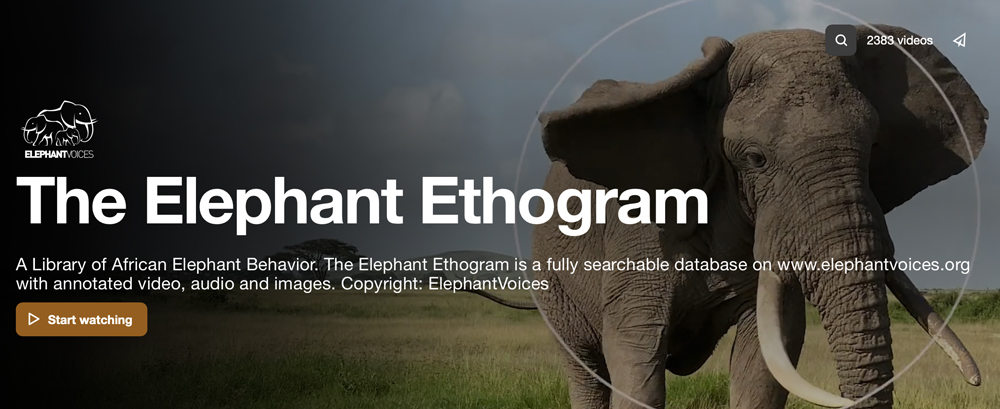
Visit The Elephant Ethogram - with over 3000 video clips, sounds and photos
-
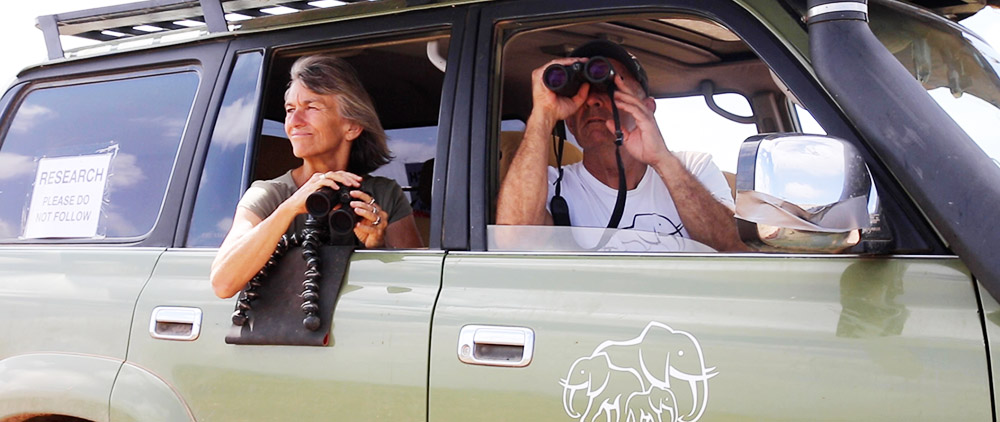
Join ElephantVoices on a Day in Amboseli
-

Join 345,000 elephant friends on ElephantVoices on Facebook!
-
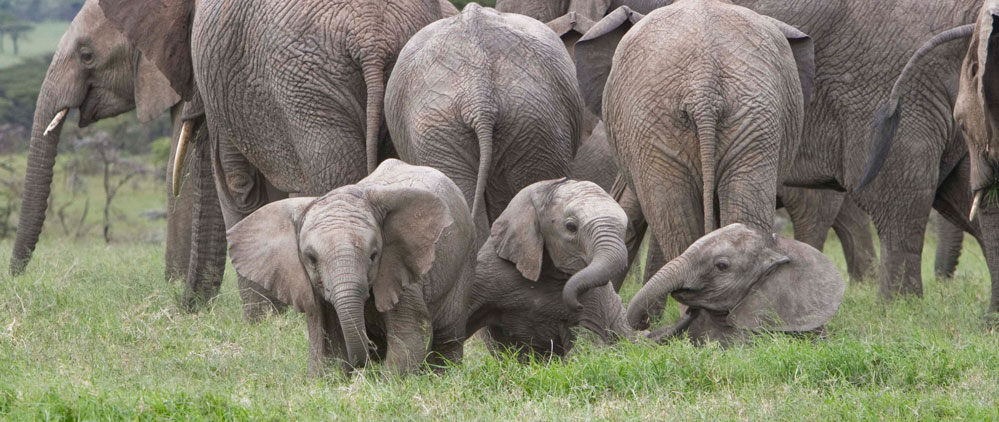
Learn more about why elephants are extraordinary
-
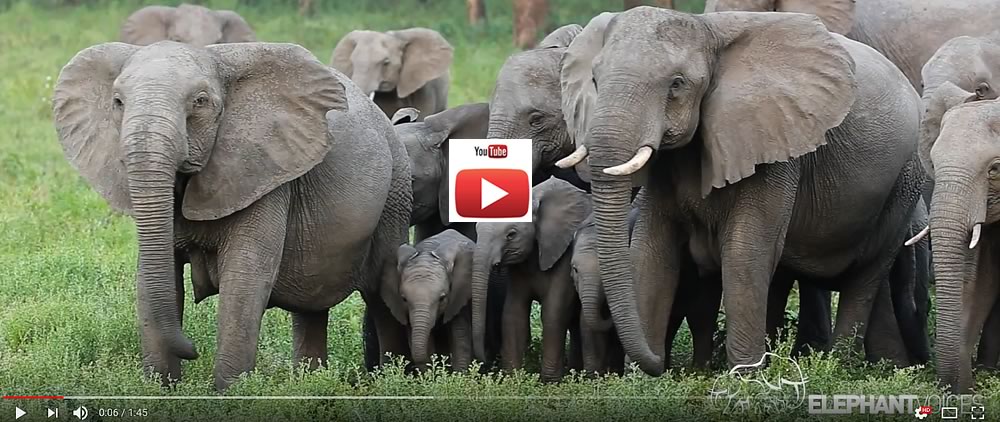
Watch why we should #behavemoreelephants
-
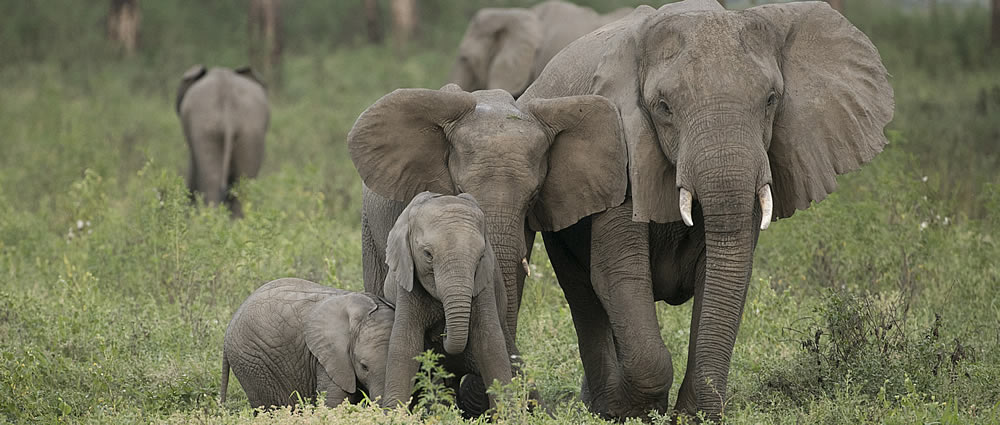
Help us make a difference for elephants - click on image to Donate Now!
-
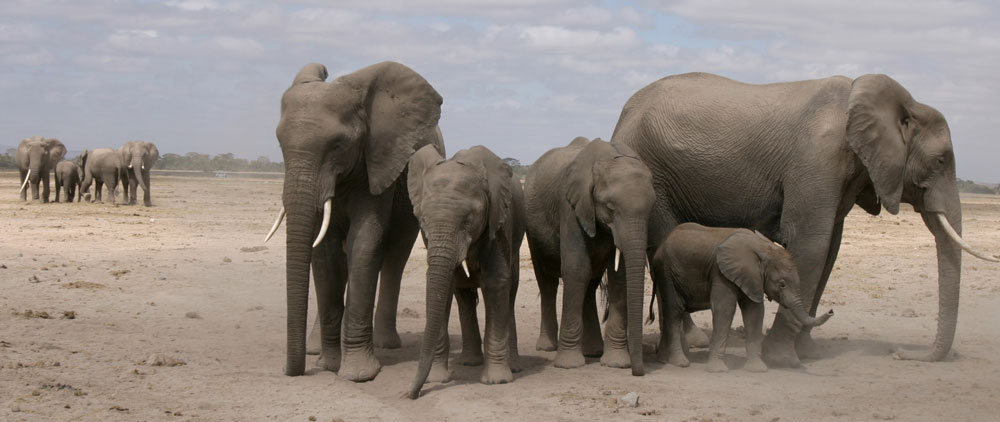
Learn about the intricacies of the social life of elephants
-

Meet Dr. Joyce Poole, Co-Founder of ElephantVoices
-
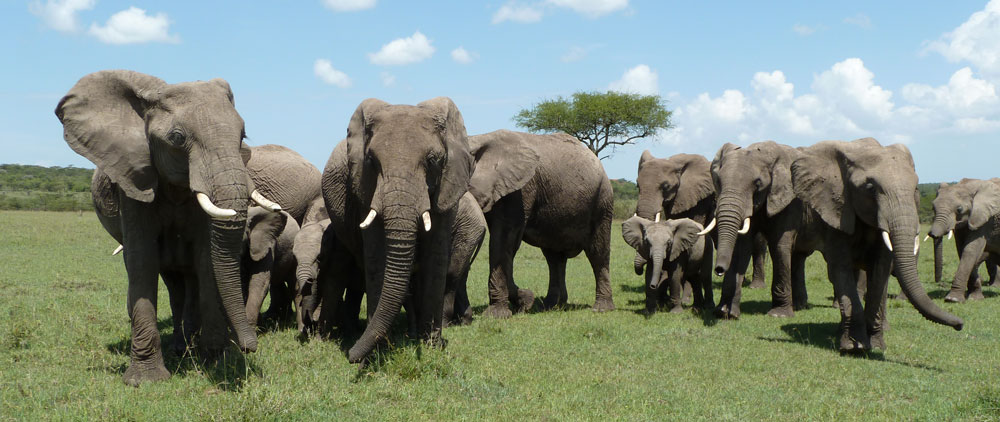
How do elephants communicate? Sight, sound, scent, touch and vibration…
-
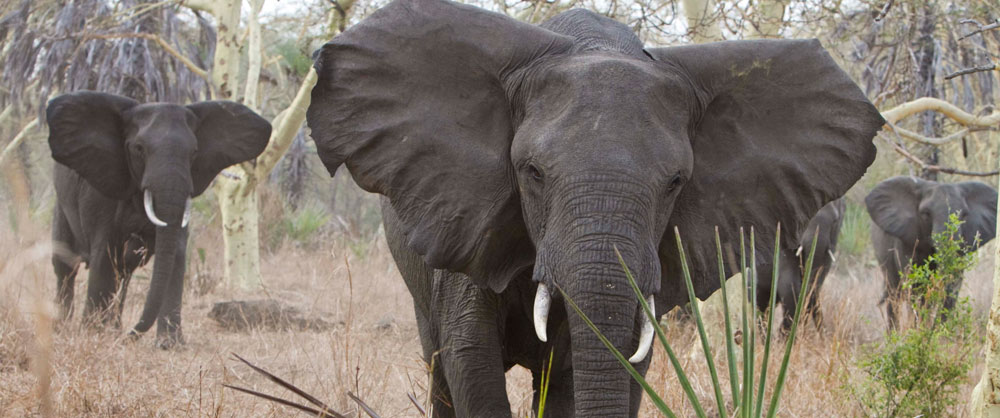
Visit the fascinating elephants in Gorongosa, Mozambique
-
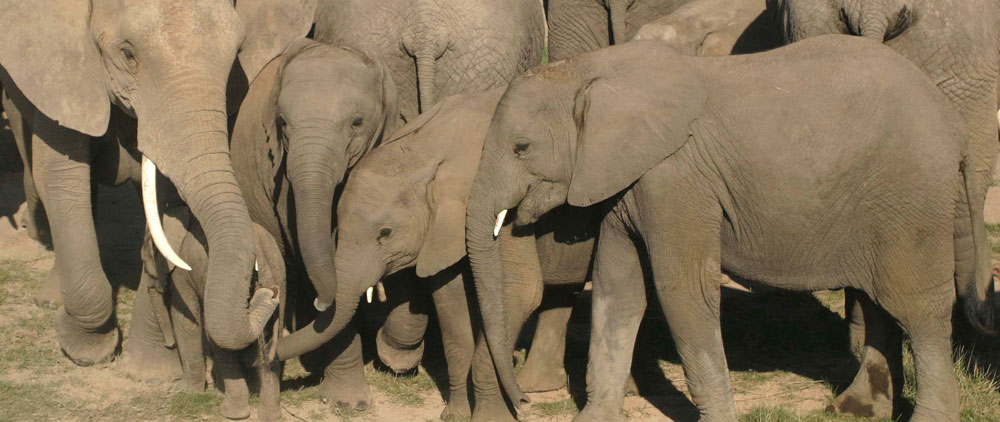
Learn how to sex and identify African elephants
-

Meet Petter Granli, Co-Founder of ElephantVoices
-
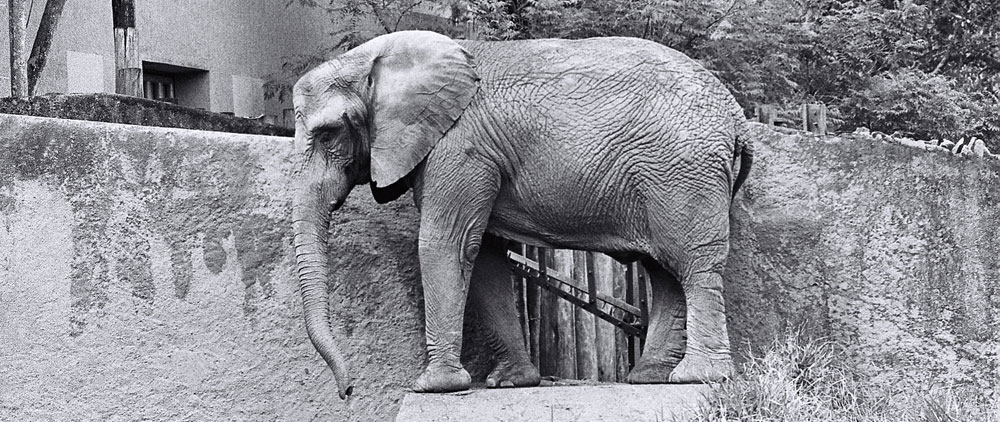
Elephant needing your help? Find sound arguments in "Statements & Testimonies"










